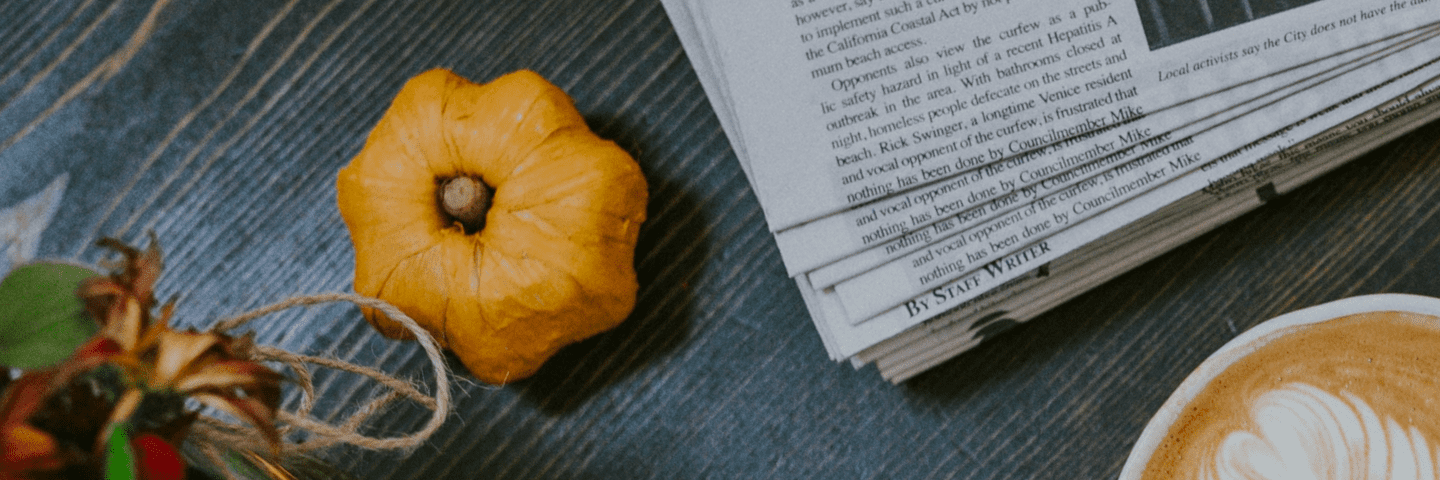Patent extension and scope of protection
Release time:
2024-02-23 14:21
After the patent application has been examined by the competent authorities of various countries and authorized, the applicant can obtain the patent right. However, in the field of medicine, due to the general establishment of drug approval and registration systems in various countries, drugs are required to complete clinical trials and pass approval in order to obtain marketing authorization, resulting in the patentee during this period of time, although he has a patent, he cannot exercise the patent right, thus losing his rights and interests. To this end, the patent laws of most countries have established a patent term extension system to compensate for the loss of the patentee during this period. However, there are often misunderstandings about the understanding of patent extension and scope of protection, which are discussed below.
First, different countries have different regulations on the time limit that can be extended (I. e., the clinical trial period and the administrative approval period). Japan and South Korea set the renewable period as the sum of the two, up to a maximum5 years, Japan also stipulates that the sum of the two should be at least more than 2 years. The United States, on the other hand, sets a portion of the extendable period at half the time of a clinical trial. In Europe, it is defined as the period from the date of application to the date of obtaining the permit minus five years. In addition, the United States, China and Europe have set caps on the actual market period of medicines,The United States and China stipulate that no more14 years, not more than 15 years in Europe.. The common view is that drug patents can be automatically extended.5 years, in practice the provisions vary from country to country, and the actual extension period varies from case to case.[1].
Second, the scope of protection for the patent extension period is not the full scope of the original grant of the underlying patent, but is limited to all pharmaceutical uses for which the active ingredient is licensed before the end of the extension period. For example, according to the Implementing Rules of China's Patent Law, the scope of protection during the period of compensation for the duration of a drug patent is limited to specific new drugs approved for marketing by the State Food and Drug Administration, and is limited to the approved indications of the new drug.[2]. In the United States, if the scope of the underlying patent application coversFor FDA-approved products and unlicensed products, only the patent term for FDA-approved products will be extended, and the patent term for other unlicensed products will expire as originally announced. Therefore, the scope of protection during the patent extension period is usually limited to the scope of the drug license registration, rather than the full scope of the original patent authorization.[3].
SummarizingAlthough countries have different interpretations and applications of the duration of the patent extension period and the scope of the patent right, two principles are generally followed:(1) The compensation period does not exceed 5 years;(2) The scope of the patent right during the compensation period does not exceed the scope of the drug license.

